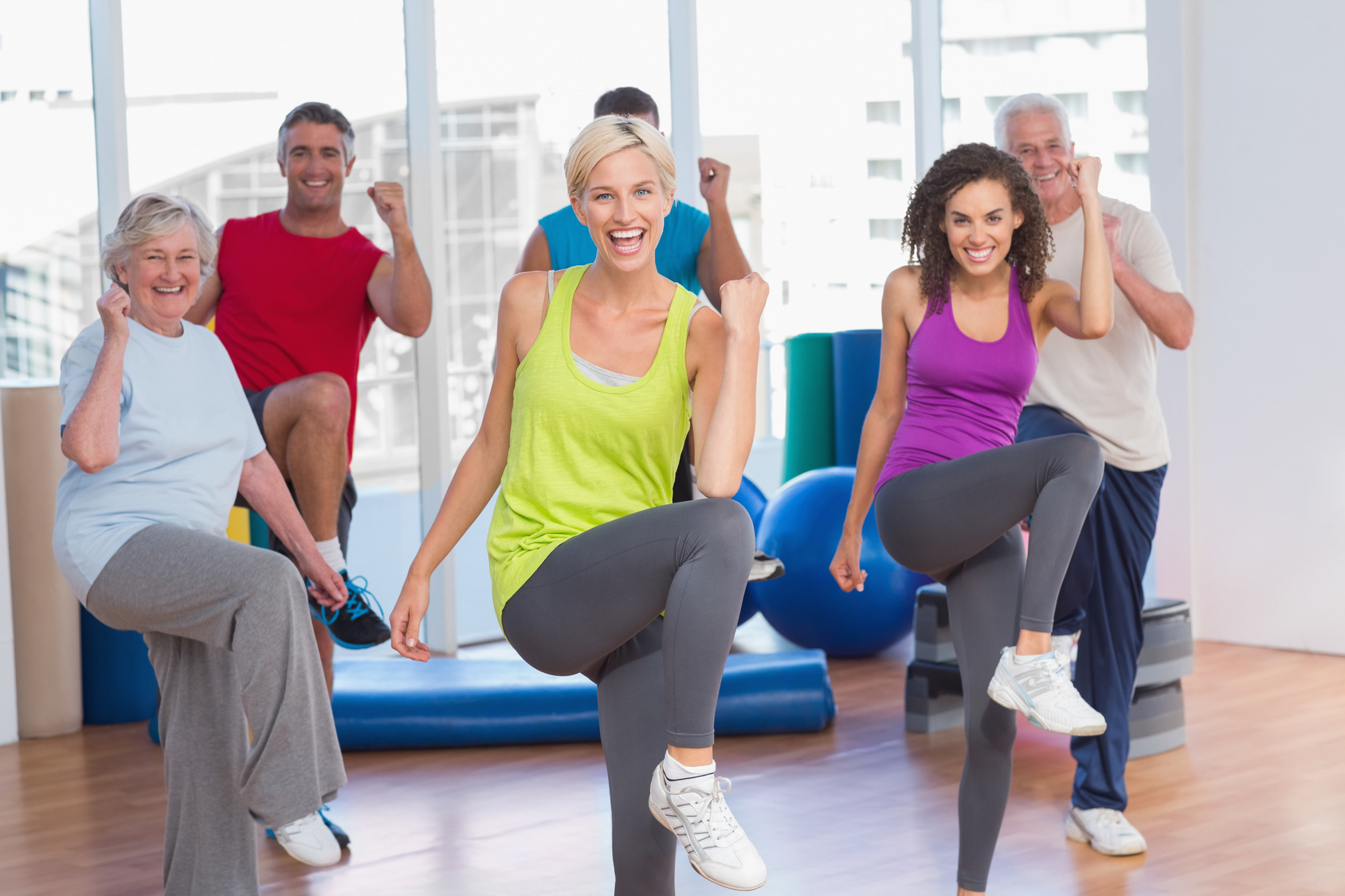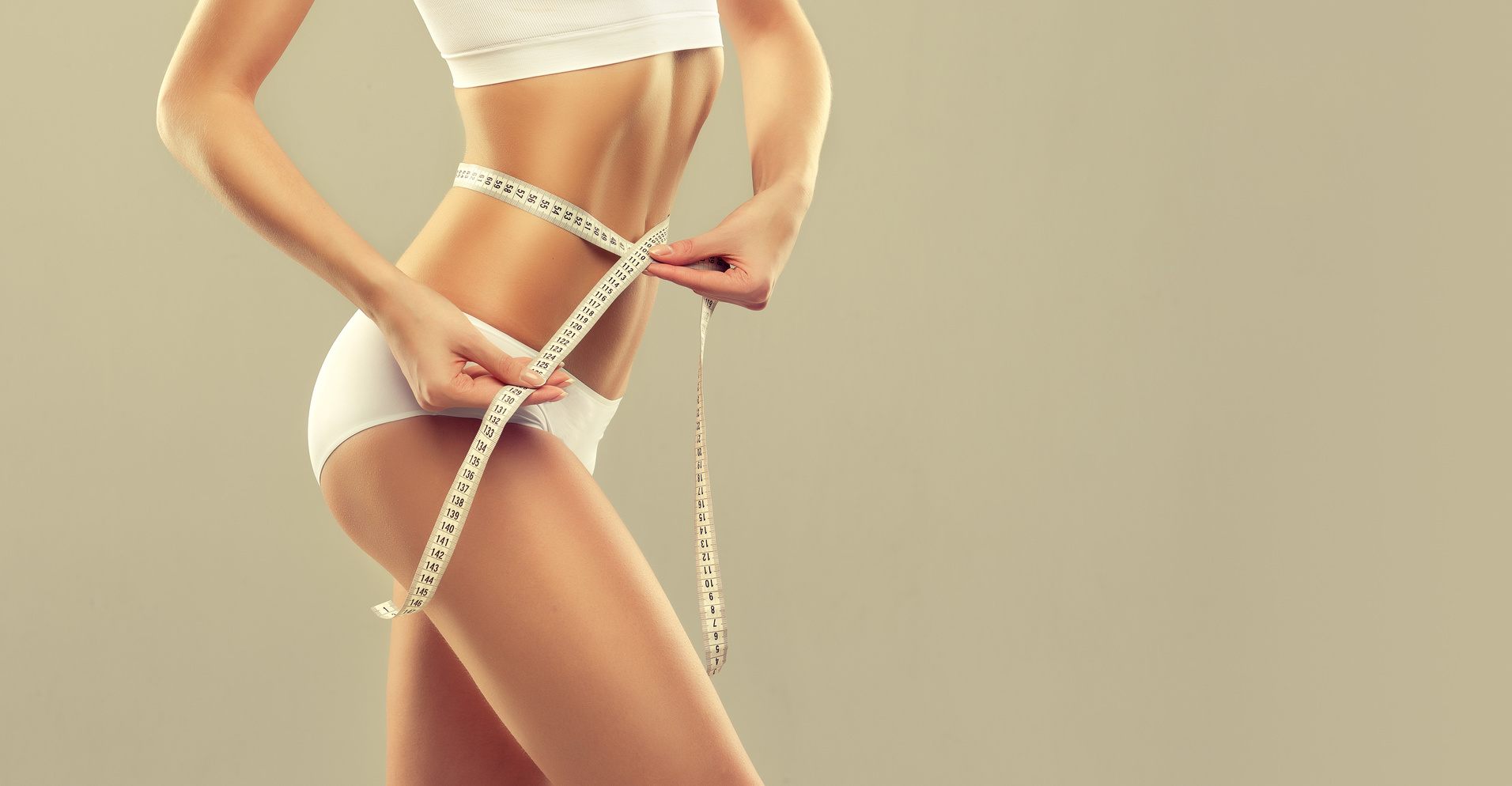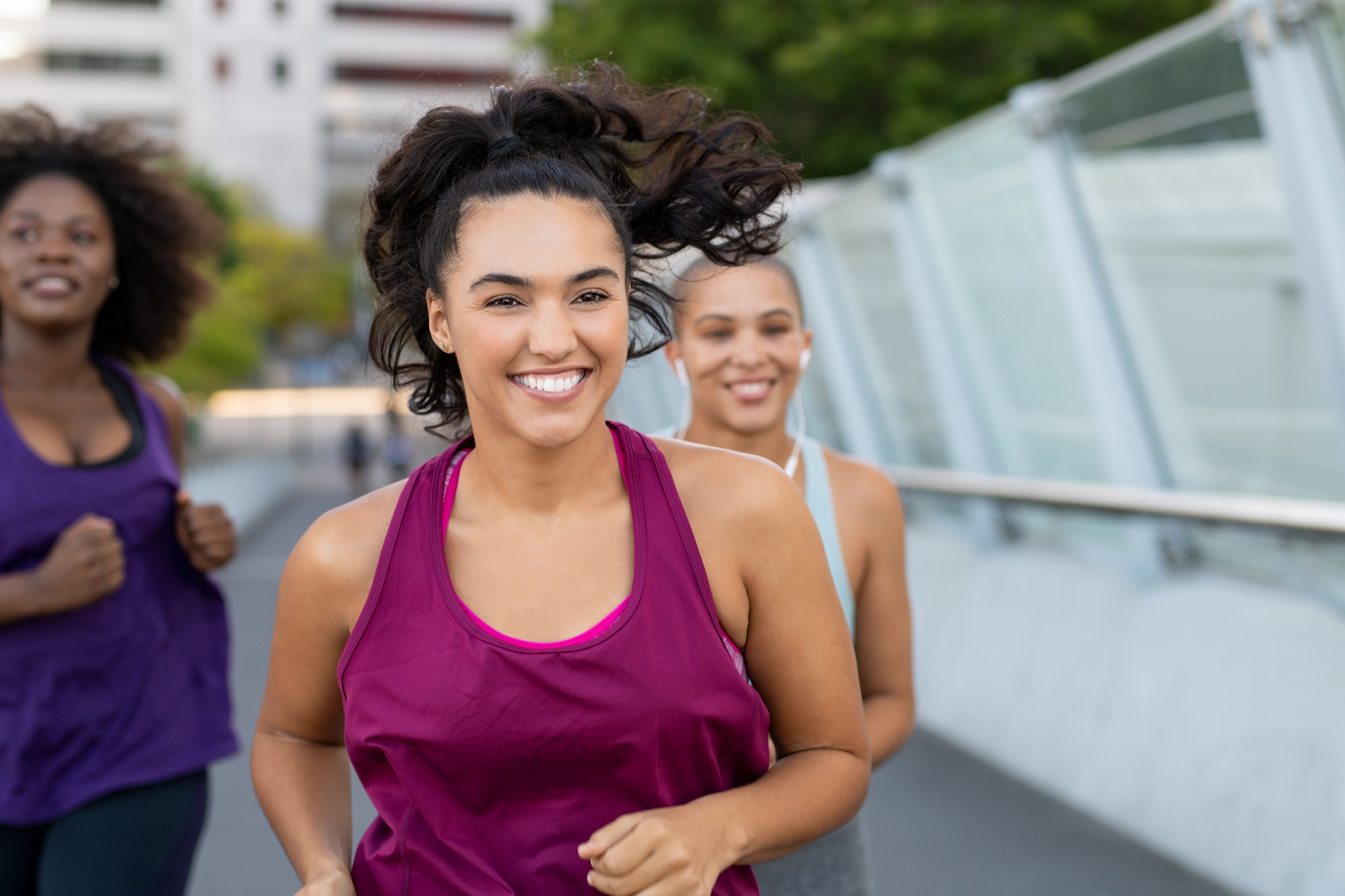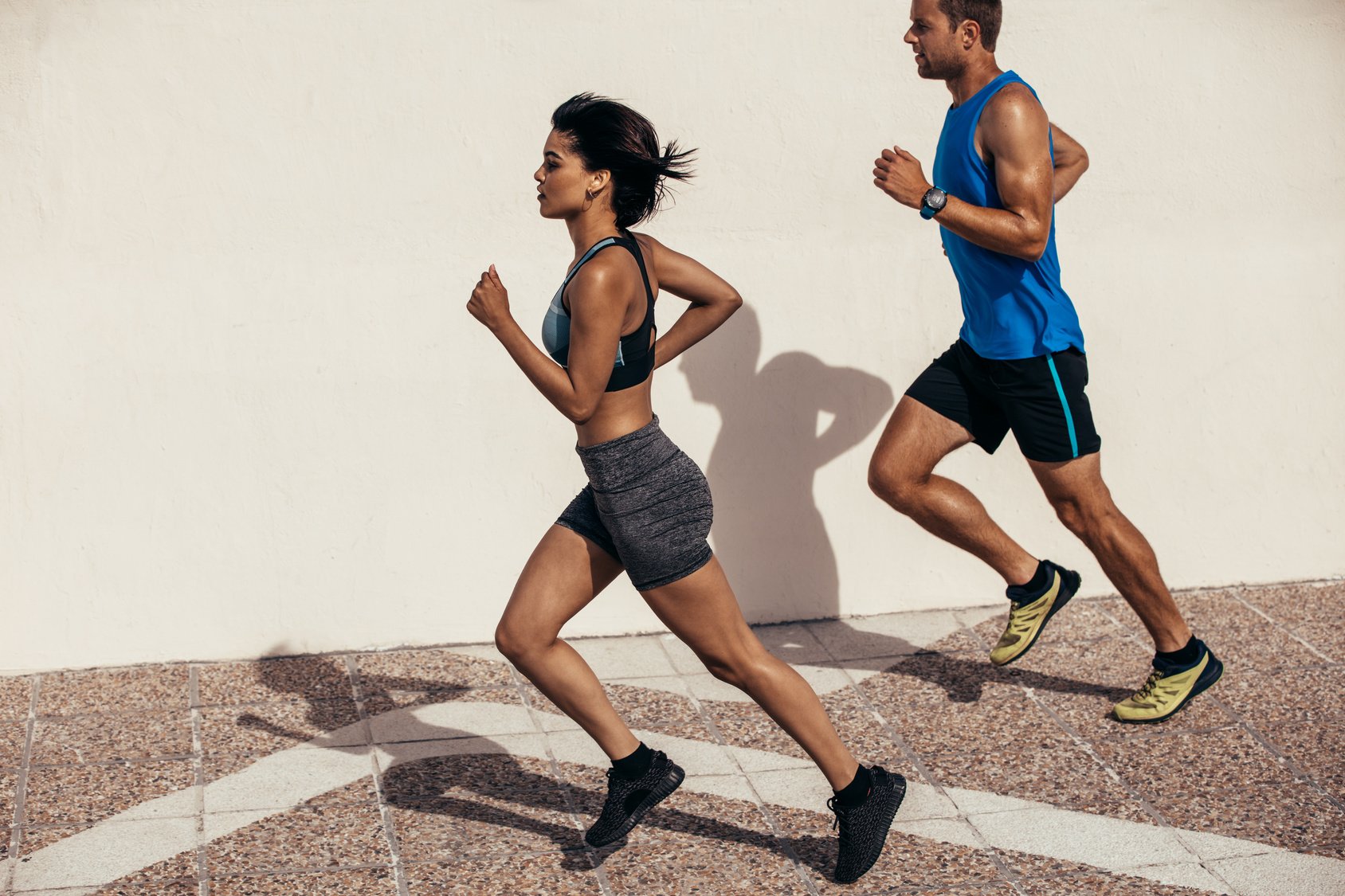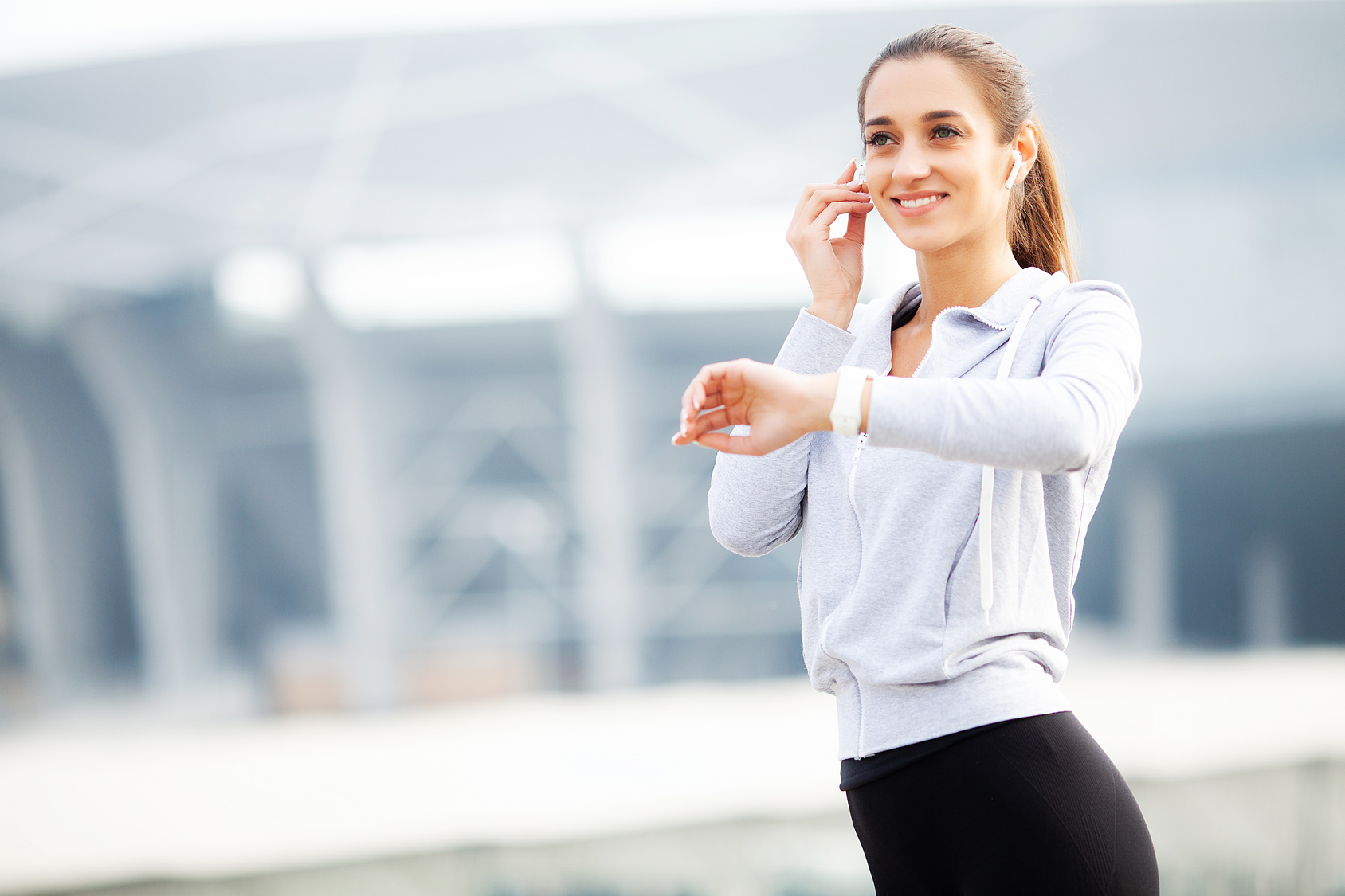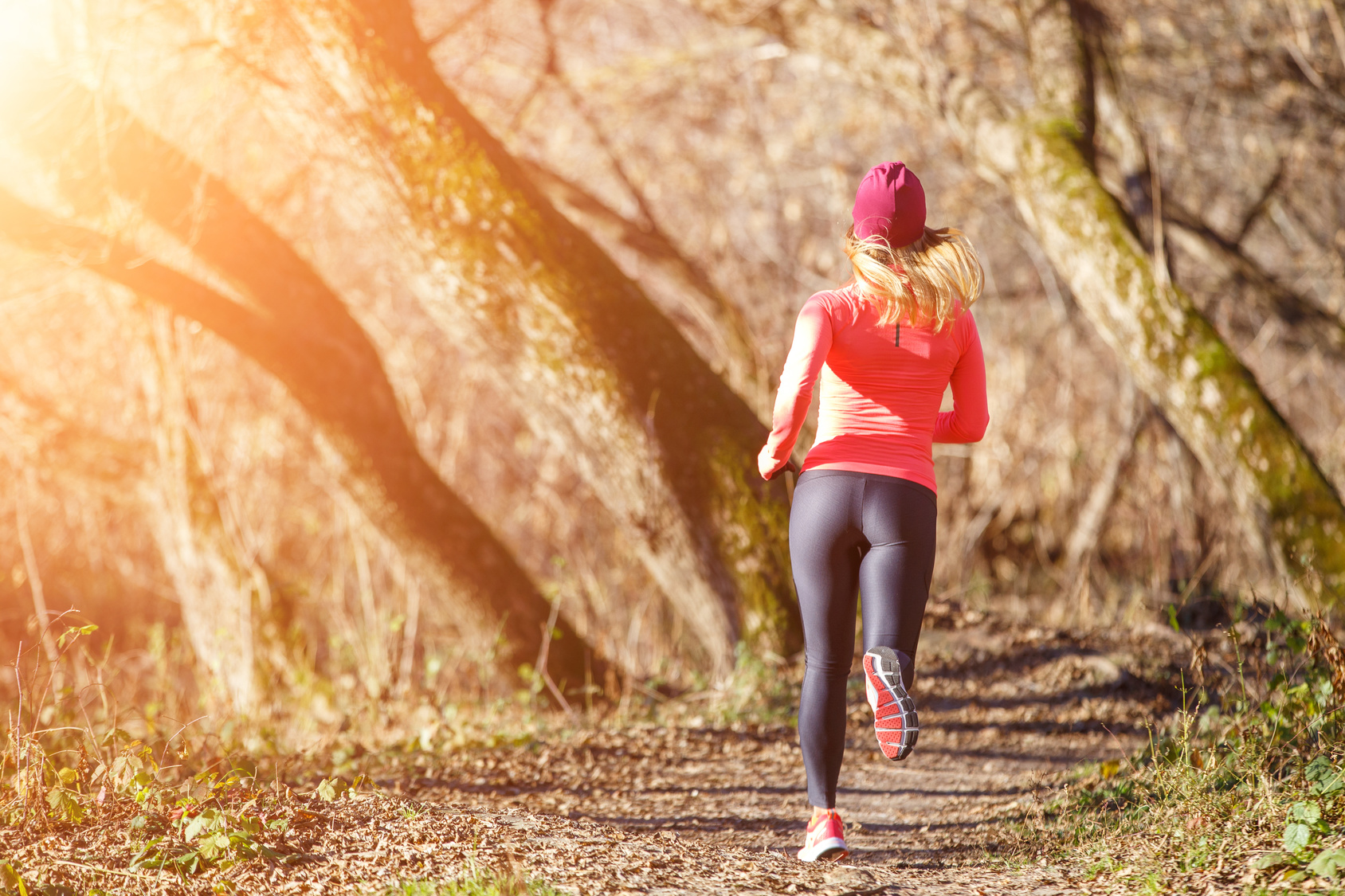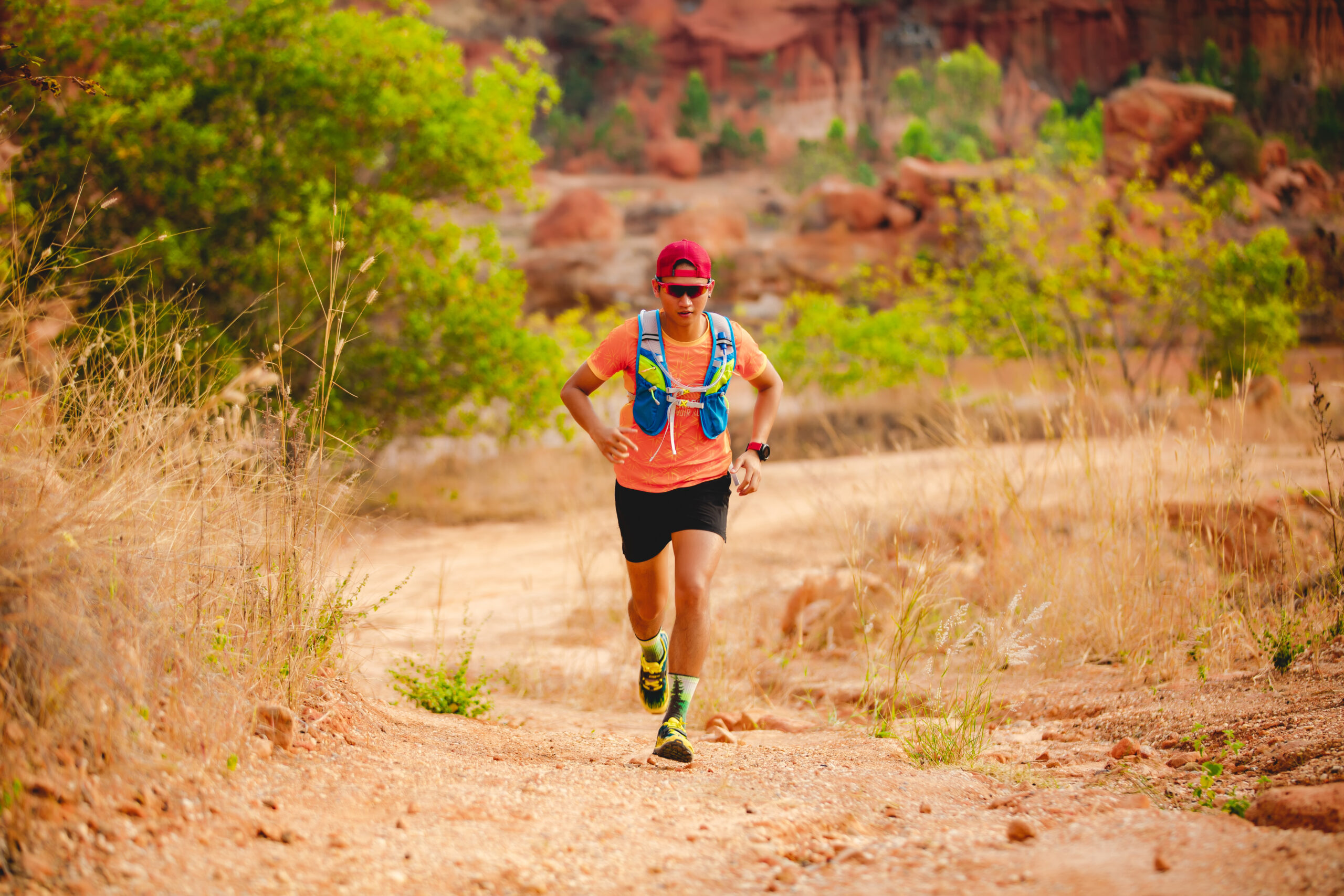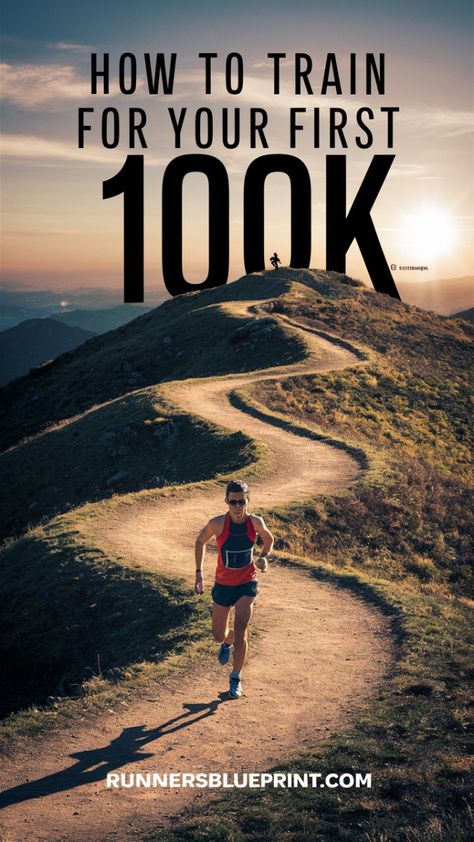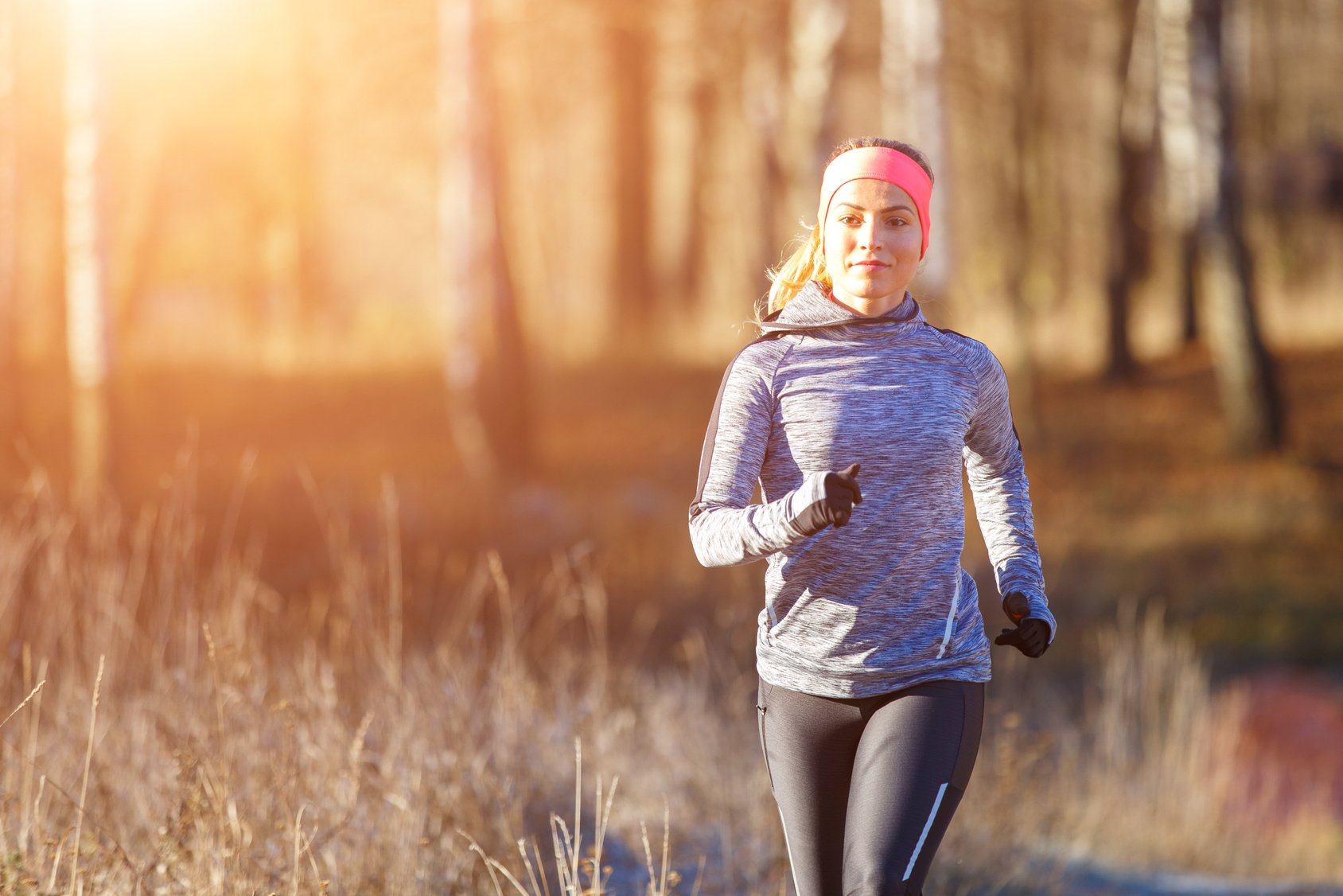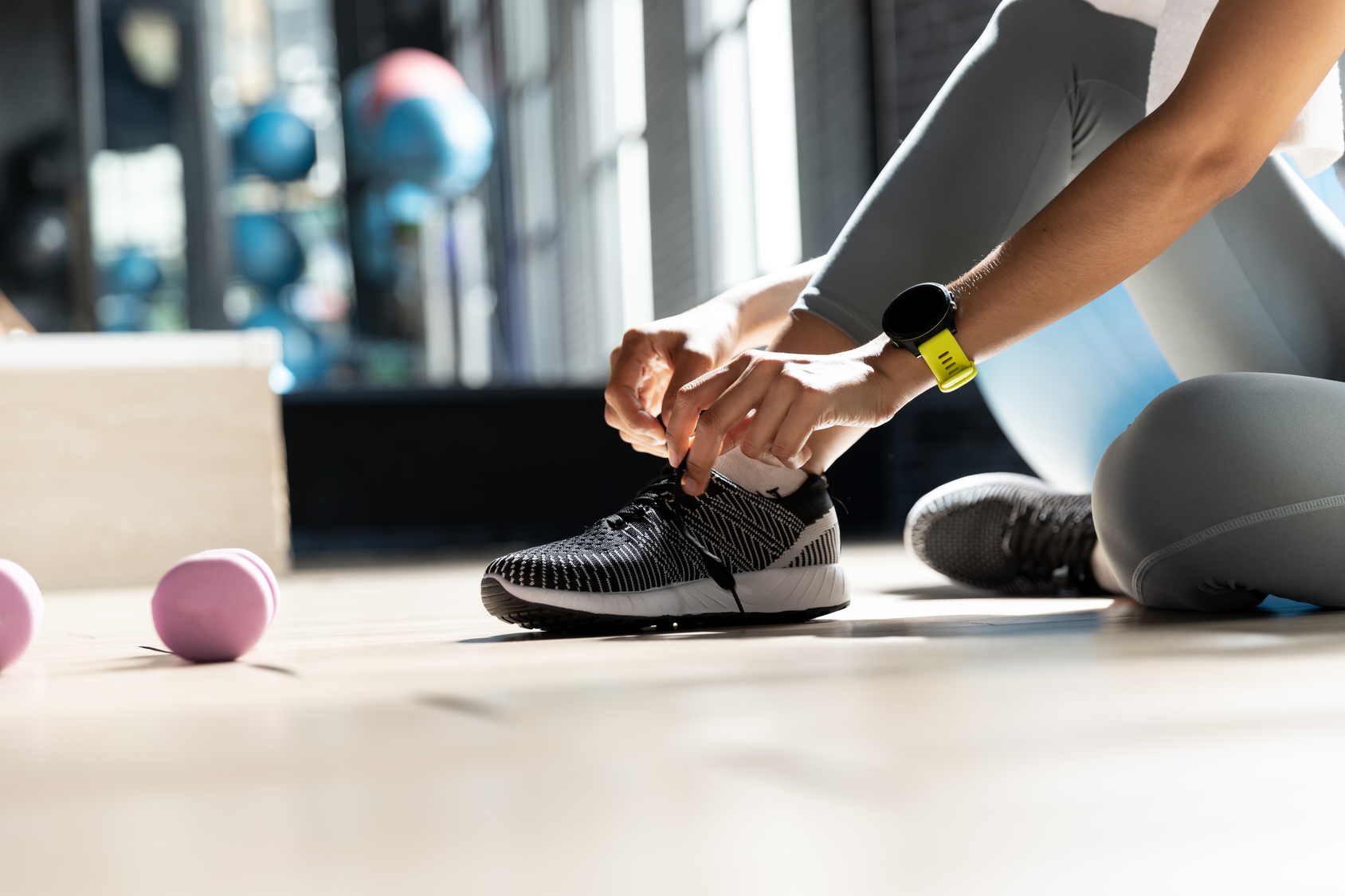Have you ever finished a long run on a hot day and then experienced cravings for salt? Then know you’re not alone.
This happens to every runner.
Here’s the truth.
Everyone knows that sweat is salty. The more you sweat, the more salt you lose from your body. And as we’ll see in today’s post, salt is a vital ingredient.
To help you make an informed decision on salt and running, in today’s post,
I’ll explain the importance of salt in a runner’s diet, deficiency symptoms, how much runners need, and much more.
But let’s explain some rock-hard facts about salt first…
What is Salt
Before diving into how much salt and sodium runners need, I need to explain the difference between the two.
It’s a common thing to use the words sodium and salt interchangeably. But understanding the difference between the two could impact how your manage nutrient intake and overall diet.
In essence, salt is the crystal-like chemical compound sodium chloride, whereas sodium refers to the nutritional mineral sodium, which is a part of sodium chloride.
Here’s a clear way to tell them apart, as we commonly know it.
Salt is what you add to your food when you use the salt shaker, while sodium is found in food, either naturally or artificially added into processed foods containing preservatives.
So what else makes table salt? Technically salt is a mix of the mineral elements sodium and chloride. More specifically, sodium makes up about 40 percent of table salt. And this is what’s detrimental to your overall health and well-being.
So let’s dive more into what Sodium is.
Sodium Explained
Essentially, sodium is an electrolyte, along with magnesium, potassium, calcium, phosphate, and chlorine, that your body steadily regulates concentration.
These minerals in the human body have an electric charge and play an important role in the human body’s function.
They are found in tissues, blood, urine, and body fluids.
Some of the roles of electrolytes include:
- Removing waste out of your cells
- Balancing pH levels
- Regulating the amount of water in the body
- Ensuring proper muscle, nerve, brain, and heart function
- And so much more.
What about sodium?
Sodium, which is made up of 40 percent salt, plays a huge role in the transmission of nerve impulses and proper functioning of muscles and cells and helps prevent dehydration.
When you don’t consume enough sodium, your blood volume drops, forcing your brain and kidney to shut down.
More importantly for runners, sodium is involved in muscle contractions.
The claim that muscle cramping is caused by a lack of sodium in the body is true. This is especially the case if you tend to run long and often in the heat. This is why most sports drinks concentrate on the electrolyte sodium.
Additional resource – Running supplements for runners
How Salt Works
Although salt had a bad rap, research reported that excessive intake could increase blood pressure and cause chronic disease.
More than likely, you’ve been warned about excessive salt intake and other sodium foods. As a result, some experts may recommend removing sodium from the diet as much as possible.
The reason?
The average American consumes high levels of sodium every day.
Research from Harvard’s School of Public Health reported that the average American ingests roughly 3,300 mg of sodium per day, with roughly 75 percent of it coming from processed foods, while only getting roughly 2,900 mg of potassium each day.
All that being said, when you consume the right amount of salt, it can actually help your body. When you run and sweat, you also lose electrolytes, making you feel tired and sleepy after running.
If you often run regularly, it means you’re sweating a lot, thus, losing electrolytes in droves. If you do not replace them, you can get dehydrated and tired.
That’s why salt is so important, as research says it can improve your running endurance, speed, and performance. More on this later.
But remember that how much salt you need will always depend on your sweat rate, training intensity, physiology, and weather conditions. No suit fits all. Again, more on this later.
Additional Resource – How to Make yourself poop before a run.
Risks of Low Sodium Levels
Having insufficient sodium levels can take a toll on your body.
For starters, lack of sodium can cause swollen fingers and toes, which might seem like a minor nuisance but are warning of fluid imbalance.
What’s more?
Just drinking water and not replacing the lost sodium lost can lead to hyponatremia, or what’s known as water intoxication. The condition is the result of prolonged periods of sweating as well as excessing fluid intake.
The most common symptoms include:
- Headache
- Loss of energy
- Fatigue
- Confusion
- Nausea and vomiting (here’s how to prevent throwing up while running)
- Restlessness and irritability
- Dizziness
- Muscle weakness, spasms, or cramps
- Seizures
- Loss of consciousness
- Coma
What Affects Sodium Levels
If you skip sodium-rich foods while sweating a lot, especially if you have high sodium concentration in your sweat, chances are you’ll need to consume more salt, especially before your run.
How much you need comes down to your sweat rate and the sodium concentration in that sweat.
These two variables can be affected by:
- Training intensity – Running harder makes you sweat more
- Weather conditions—high temperatures and humidity make you sweat more
- Physiology—some runners tend to sweat more or have saltier sweat than others.
What’s more?
Your genetics also matter. Study reports that sodium concentration in sweat can vary drastically from person to person.
Research has reported that the average sodium concentration in sweat among male elite athletes was about 950 mg per liter, ranging from 350 mg to more than 1,800 mg per liter.
That’s a wide range.
To learn more about the impact of sodium of athletic performance, check the following studies:
Additional Resource – Why Do I sweat too much while running?
The Exact Rate
If you’re shedding a lot of sodium via your sweat, you could lose as much as 3,000 mg per hour. That’s a lot. Like, a lot. This can take a toll on your hydration levels.
But if you aren’t training that hard or sweating less, you might only need a few hundred milligrams. This also means that you’re less like to need sodium supplementation.
Additional Resource – Here’s your guide to pre and post run nutrition
Sodium in Sweat
The average human body contains roughly 70,000 mg of sodium or about 11 tablespoons of salt. When you run, you lose a lot through sweat.
How much you lose depends on:
- The volume of salt in your sweat. Some people have saltier sweat than others. You can tell if you’re one of them if you tend to develop a crust of salt on your skin after a hard run.
- Your sweat rate. You lose more sodium if you tend to sweat heavily than a “light sweater”. On average, we lose about 500 mg of sodium per pound of sweat, ranging from 220 to 1100 mg.
- How long do you run in the heat. If you aren’t used to running in the heat, you might lose upwards of 1,000 mg of sodium per pound of sweat. However, your losses can drop as much as 300 mg when you’re well acclimatized.
Additional Resource – What’s the best temperature for running?
Do Runners Need More Sodium?
Runners, and athletes in general, need more sodium than the average person. Since sodium is mainly lost through sweat, you can sweat a lot as a runner.
As a runner, you’re prone to sweat a lot during training. This is, after all, the key mechanic in cooling your body’s core temperature while exercising. Otherwise, you’ll overheat.
When you sweat, you lose electrolytes. The bad news is that you lose sodium in the greatest amount, and you lose much smaller amounts of calcium, potassium, and magnesium.
There’s no universal formula for how much sodium you lose during a run, as it depends on the amount of your sweat and the sodium concentration in the sweat, which varies based on training intensity, weight, diet, heat acclimations, and genetics.
To determine your sweat rate, weigh yourself before and after each run. While determining your sweat rate is straightforward, finding out the exact sodium rate being expelled in that sweat is something only a lab test can tell.
Additional resource – Here’s how much water a runner should drink
Fluid Balance
Sodium is key to hydration as it helps the hydration process by improving the rate of fluid absorption.
What’s more?
Research has shown that sodium can help athletes maintain a higher blood volume, which regulates core temperature and heart rate during long training periods.
Muscle Contraction
Muscle cramps are common issues for runners. This can be blamed on low sodium levels as “heat cramping” happens your body loses too much sodium during training.
Keeping your sodium levels healthy can ward off muscle cramps and promote the proper muscle contraction that will keep your body running hard and long.
Additional resource – Your guide to Charleys Horse in runners
Improved Performance
Thanks to the elements mentioned above, especially when it comes to hydration, proper muscle contraction, and electrolyte balance, it should come as no surprise that healthy sodium levels can improve performance.
Yet again, don’t take my word for it.
Let’s look at some of the research.
One example is research published in the Journal Scandinavian Journal of Medicine & Science in Sports that looked into the effects of salt and salt supplements on runners preparing for a marathon.
The runners were divided into two groups:
- Group I was given sports drink and salt capsules
- Group II was given sports drinks and placebo capsules (the control group).
The result?
Group, I was able to finish the race about 26 minutes faster than the other group. That’s a huge difference.
Additional resource – What to eat after running at night
Salt Tablets For Runners
Salt tablets are high-concentrated sodium in capsules or tablets.
And the salt content can vary. So, make sure to, again, check the ingredients to know how much sodium and other electrolytes you’re taking in. Leave nothing for chance.
Regardless of preference, the main goal of consuming these salt tablets is still the same—to boost your sodium intake before and during training.
Most standard salt tables weigh around 1 gram and pack in 200 to 700 mg of sodium.
You can dissolve it in about four ounces of liquid (120ml) or simply follow the instructions on the package.
What’s more?
If you’re already drinking a sports drink, check whether they pack in sodium.
What’s more?
Remember that salt tablets are not needed during normal, easy, and short runs.
And, of course, you can have too much of a good thing. Overdoing won’t improve your running performance.
The Benefits of Salt Tablets
Consuming salt tablets can help you maintain electrolytes balance and retain fluids when you need to, especially while running.
Again, don’t take my word for it.
This randomized controlled trial found that oral salt supplementation can boost electrolyte concentration in the blood as well as reduce water loss during a half-ironman race that included long-distance running.
I can go on and on, but you get the picture. Salt, sodium, or whatever—at healthy levels—is good for you. Period.
Additional resource – Best sources of electrolytes for runners
Risks Of Too Much Salt
Chances are you already know that consuming too much salt harms your health. Overloading can cause high blood pressure, kidney diseases, stroke, and heart disease.
But, for runners, acute sodium replacement during training should not have any harmful side effects on blood pressure and health when used in the proper amount.
Fact – One teaspoon of table salt packs in the recommended 2,300 mg daily sodium intake.
Too many salt tablets can cause negative side effects such as nausea, upset stomach, and vomiting. Be careful.
Not only that, too much salt in your stomach can suck in fluid into the GI tract, which can cause problems during training.
What’s more?
Too many salt tablets during training can increase sodium concentration in your bloodstream. This is a delirious situation as water rushes out of cells to try to thin out the sodium in the blood.
Additional Resource – 20 Fun Facts about running
How Much?
Now let’s get to the good stuff; how much salt—or sodium—do you actually need for optimal function?
Since you’re losing a lot of sodium in sweat while exercising, it’s key to consume enough around your runs.
As a general rule, for runners under 45-60 minutes, you can hydrate with water. But during long runs (anything over 60 minutes), it’s time to add some sodium. This is especially the case if you train in the heat.
So how much salt do runners need?
Since sweat rate—and other variables already discussed—vary drastically from runner to runner, it’s not easy to determine the exact number that should be consumed.
For example, this research on football and tennis players reported sodium losses of around 800 to 8,500 mg over two hours of practice.
For this reason, and some more, only a lab test can tell you the exact sweat rate while training, but most runners don’t have access to this.
The minimum recommendation is around 500 to 600 mg of sodium per hour, but it might shoot up to over 2000 mg if you’re unfit, wear a heavy sweater, run in the heat, or work out for several hours at a time.
When to Take Sodium
Timing also matters. Most of the research reported that salt intake had the greatest benefits when it was taken before exercise rather than during or after exercise.
Let’s look at the research.
Research out of New Zeeland reported that when subjects ingested a sodium-rich drink before running to exhaustion at 70 percent VO2 max in hot heather, they were able to lower their body temperature, keep a higher blood volume, and reduce levels of perceived exertion than when they’d a low-sodium drink before training.
How To Replace Sodium
Fortunately, you have options for getting your sodium levels up during training or making sure they get too low ahead of time.
Replenishing your levels depends on your preference and what’s most convenient. The rest is just details.
Typical Sodium Needs
The average American, surveys show, consumes more than 3,400 mg of sodium per day.
But the daily recommended allowance is around 2,300 mg.
Since we consume a lot of foods containing salt (think bread, lunchmeat, cereals, and snacks), it can be easy to consume far more than the recommended amount.
All that being said, as a runner, you may still need to supplement your training.
Whether you need to take in extra salt before and during training hinges on how much sodium you lose through sweat and your current salt intake in your diet.
Real Food Options
To make sure you’re consuming enough salt, go for real food options that pack in a dose of salt as well as other nutrients.
Some of the best options include
- Cheese
- Deli turkey
- Black olives
- Salted almonds
- Coconut water
What’s more?
You can also simply sprinkle salt on your potatoes, pasta, soup, or any pre-run snack or meal.
Love a smoothie for breakfast before a long run? Then add in a pinch of salt.
Sports Drinks
Sports drinks are specifically designed to help you replenish the electrolytes you lose while sweating.
How much sodium each product pack can vary, so always check the ingredient labels for nutritional information.
As a general rule, go for products that offer around 100 mg of sodium per serving.
Have a sensitive stomach? Test out different products and see which ones work the best for you: different runners, different strokes, etc.
Salt Tablets For Runners – The Conclusion
There you have it! If you worry about your sodium levels while running, then today’s post should get you started on the right foot. The rest is just details.
Please feel free to leave your comments and questions in the section below.
Thank you for stopping by.

